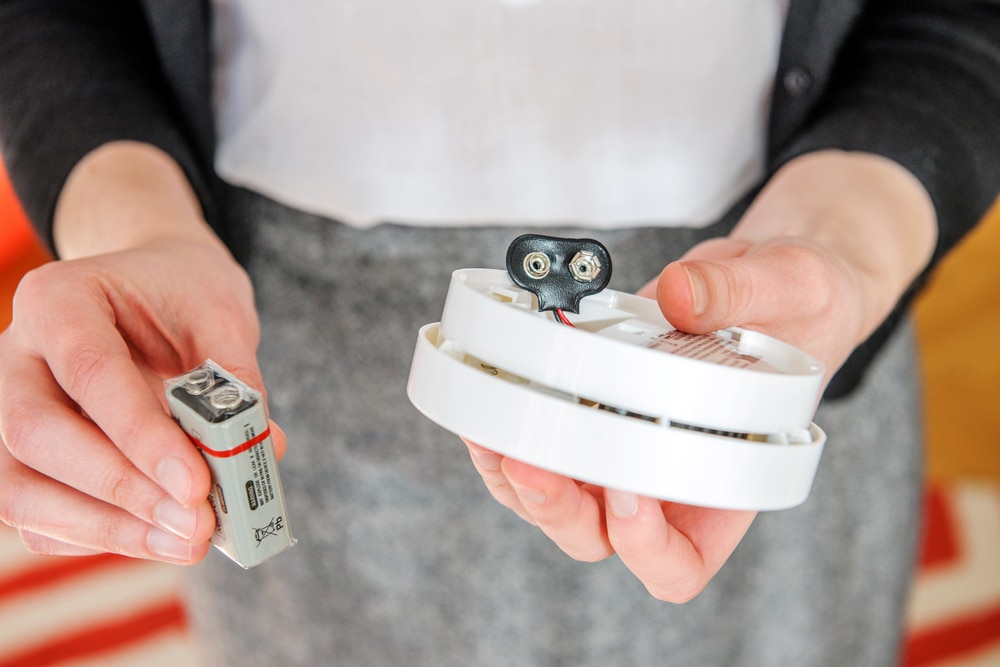What is Carbon Monoxide?
Carbon monoxide (CO) is considered the “silent killer” because it is impossible to see, taste or smell the toxic fumes, and it can kill you before you are aware it is in your home. At lower levels of exposure, CO causes mild effects that are often mistaken for the flu. At higher levels, the effects are potentially fatal. Practicing prevention keeps CO at bay.
CO is produced by the incomplete burning of solid, liquid or gaseous fuels from household items such as furnaces, ranges, water heaters and fireplaces. If these items are used or installed improperly, dangerous levels of CO can escape into the air and cause illness.
Prevention Tips
Luckily, CO poisoning IS preventable. To protect you and your loved ones, follow these prevention tips:
- Check your appliances to ensure that the flame color is blue. If it is orange, contact the fire department immediately. Orange flames signify that unsafe levels of CO may be present in your home. Learn why here.
- Have a professional do a safety inspection annually on all of your appliances, as well as your chimney and grill, to make sure they are in safe working order and clean.
- Operate grills outside of your home and garage.
- Do not leave your car running in an attached garage, even if the door is open.
- Never rely on ranges, ovens, gas grills or clothes dryers to heat your home.
- Never operate fuel-burning items such as space heaters and lawn mowers in closed rooms.
- If you or other family members are feeling ill frequently at home, leave for several hours to see if your symptoms go away. If so, you may all be suffering from CO poisoning.
In addition to a smoke detector, install a CO detector on every level of your home. Follow the manufacturer’s instructions for installation and place away from furniture and curtains to get accurate detection results.
CO poisoning is also possible on boats. Since most boats are gasoline-powered, CO can build up on boast and cause injury or death. Learn more boat-specific CO guidance from the CDC by clicking here.
Next Steps
For questions or for additional household safety guidance, please contact us via the form below. Visit our Personal Solutions webpage to learn more about the custom-tailored risk solutions we offer to families like yours. And don’t forget to like us on Facebook and follow us on LinkedIn for more safety tips and industry news.

